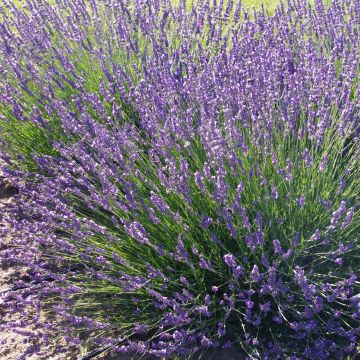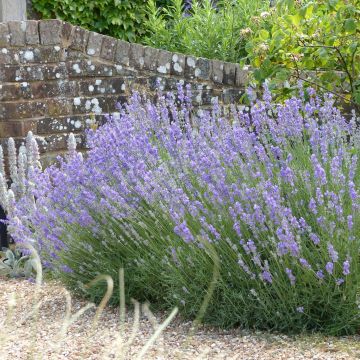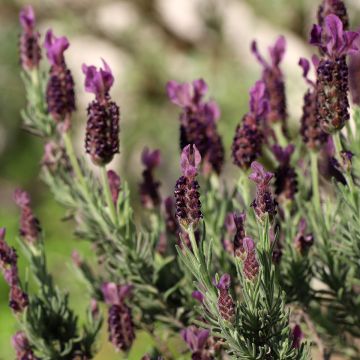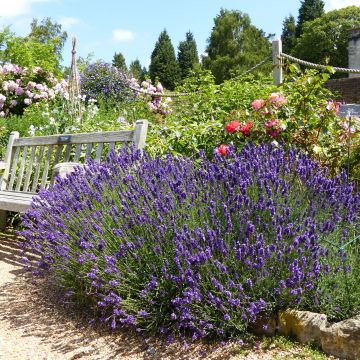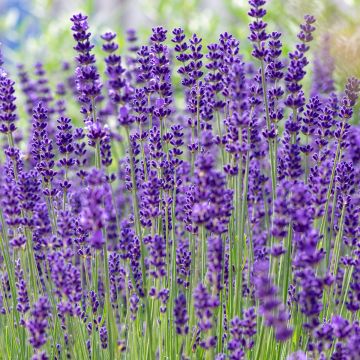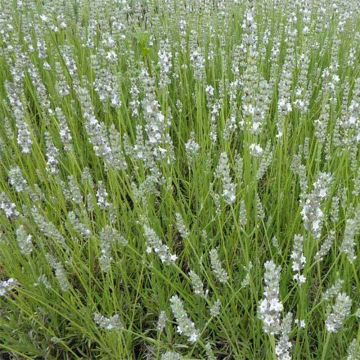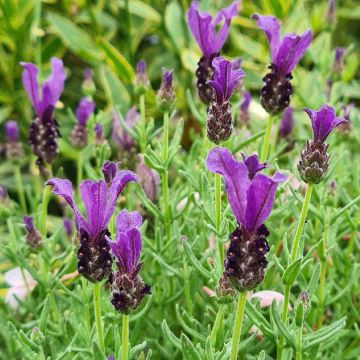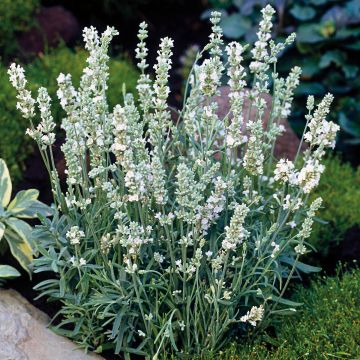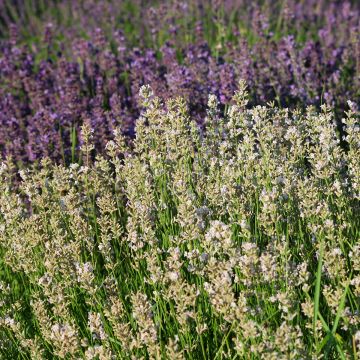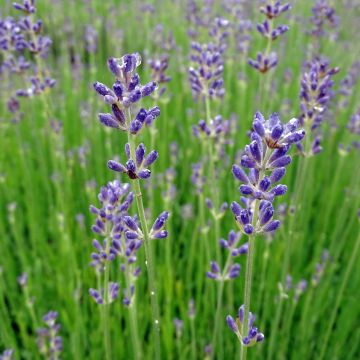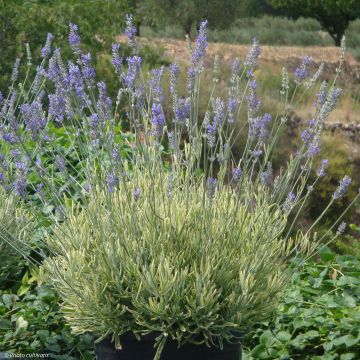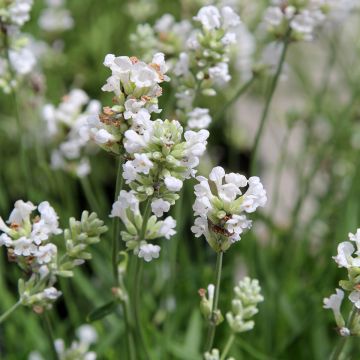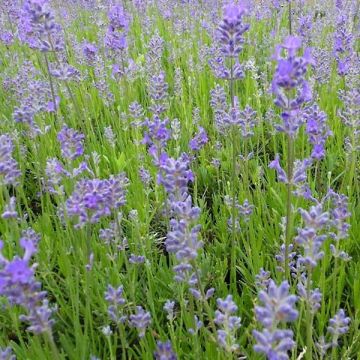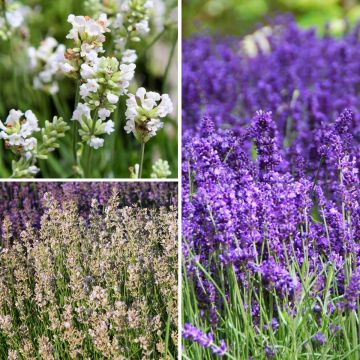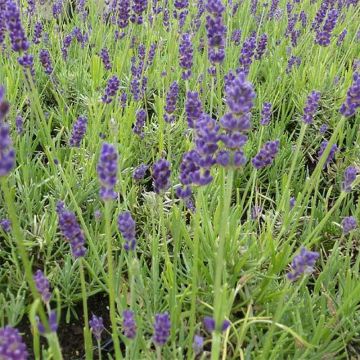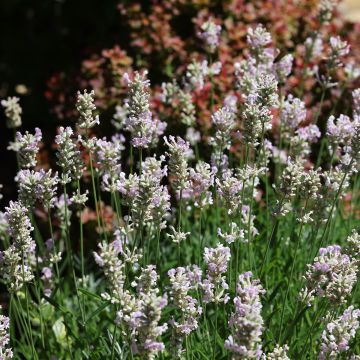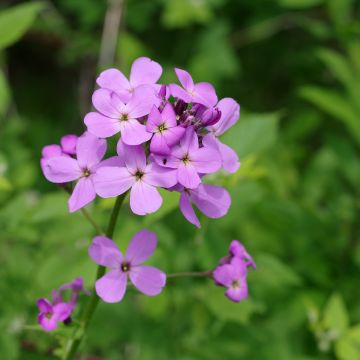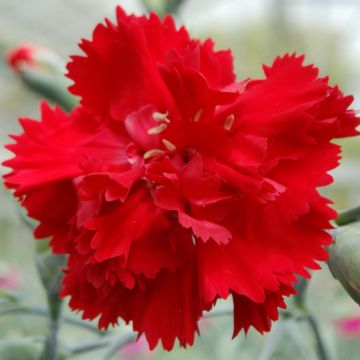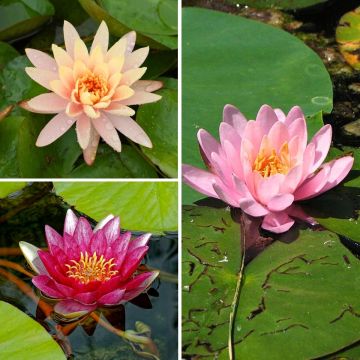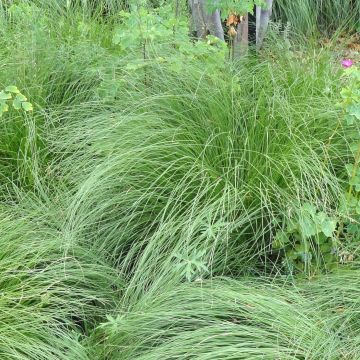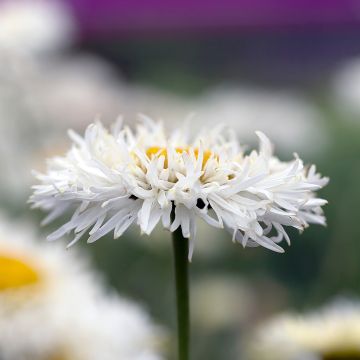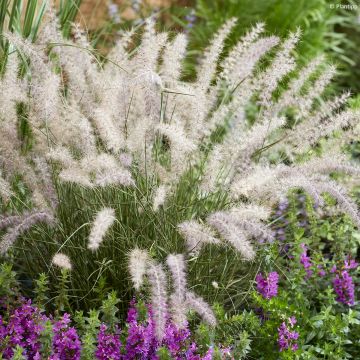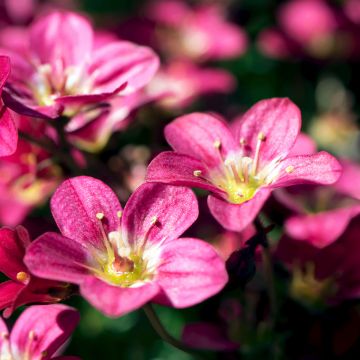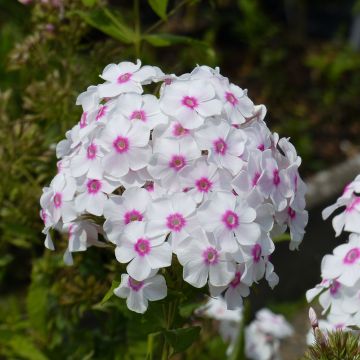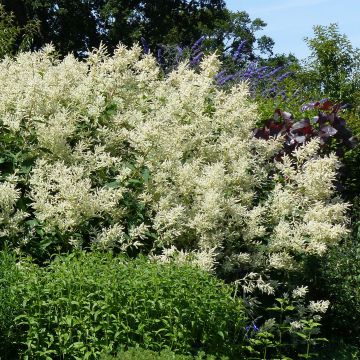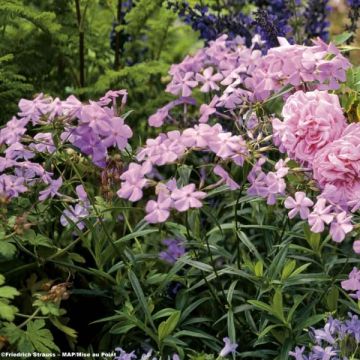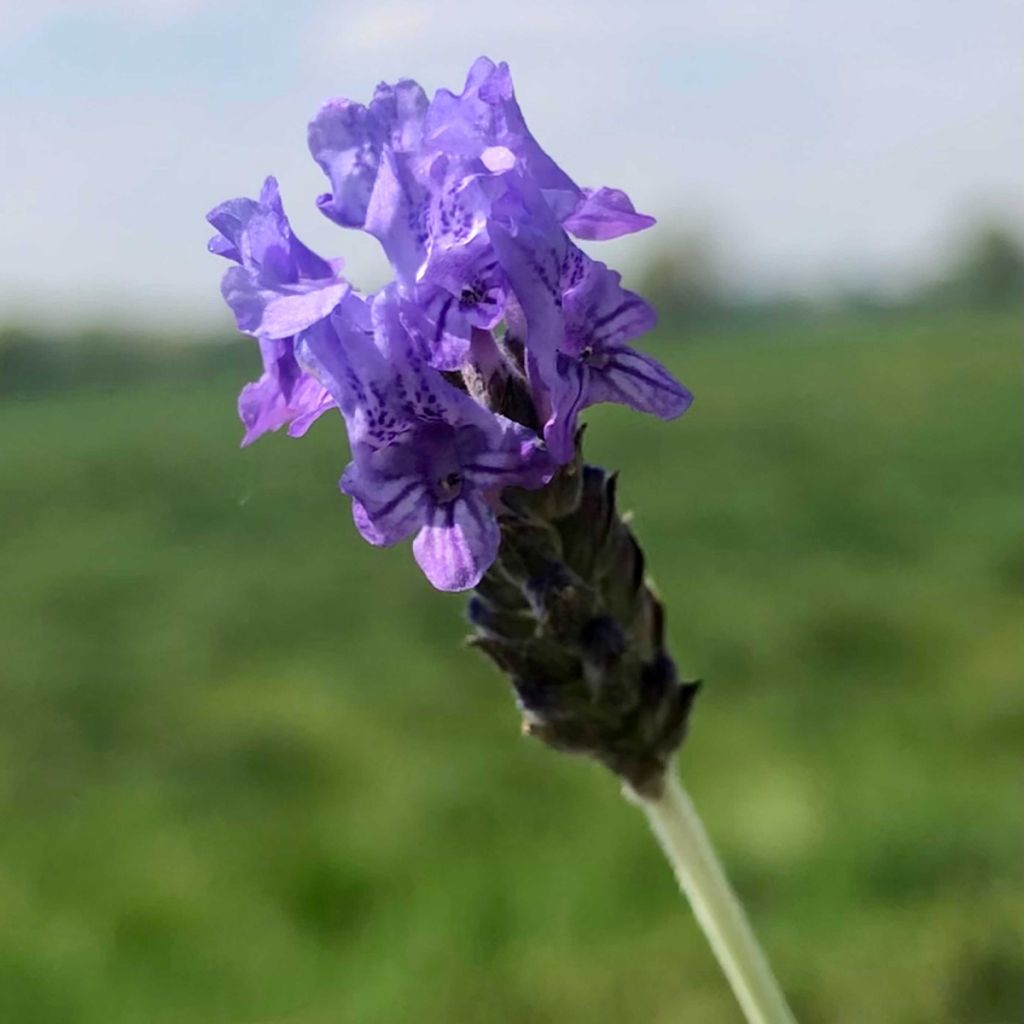

Lavandula pinnata var. Pinnata - Lavande pennée de Canaries
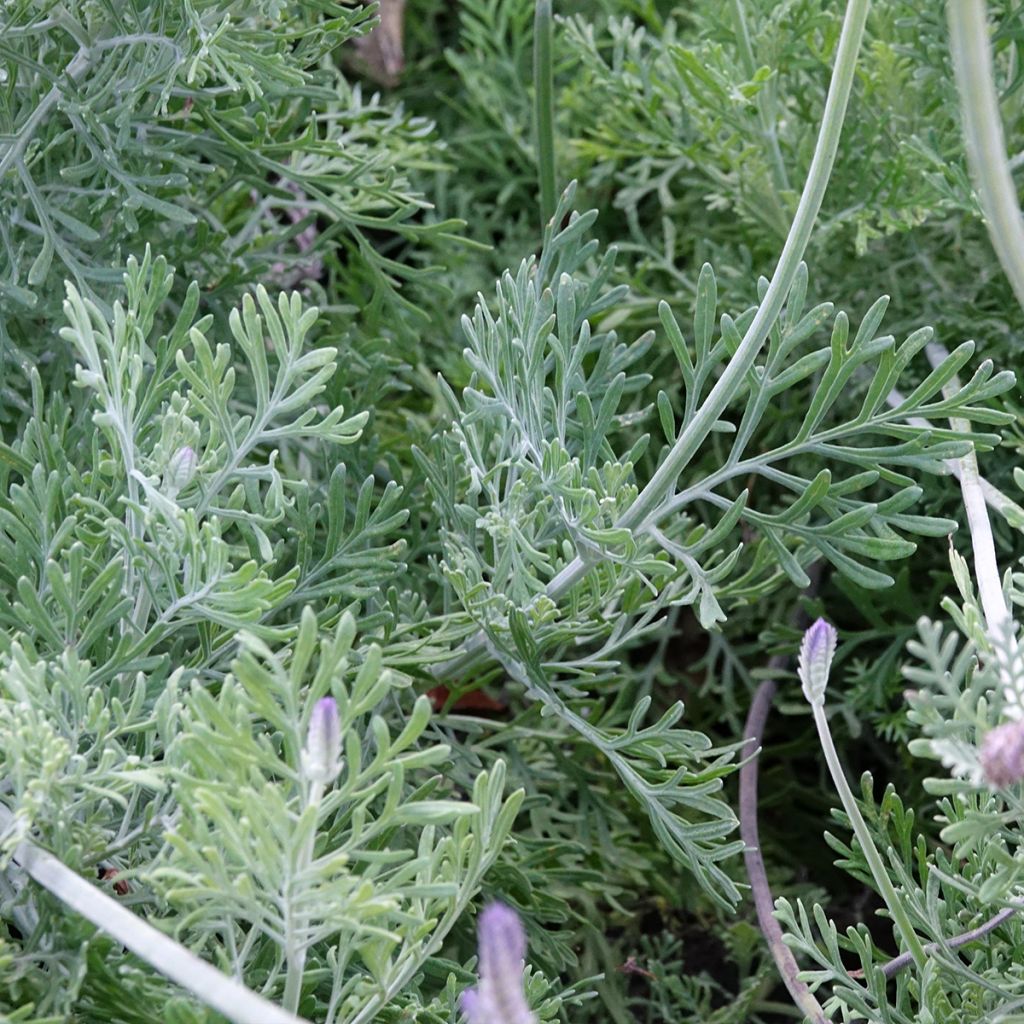

Lavandula pinnata var. Pinnata - Lavande pennée de Canaries
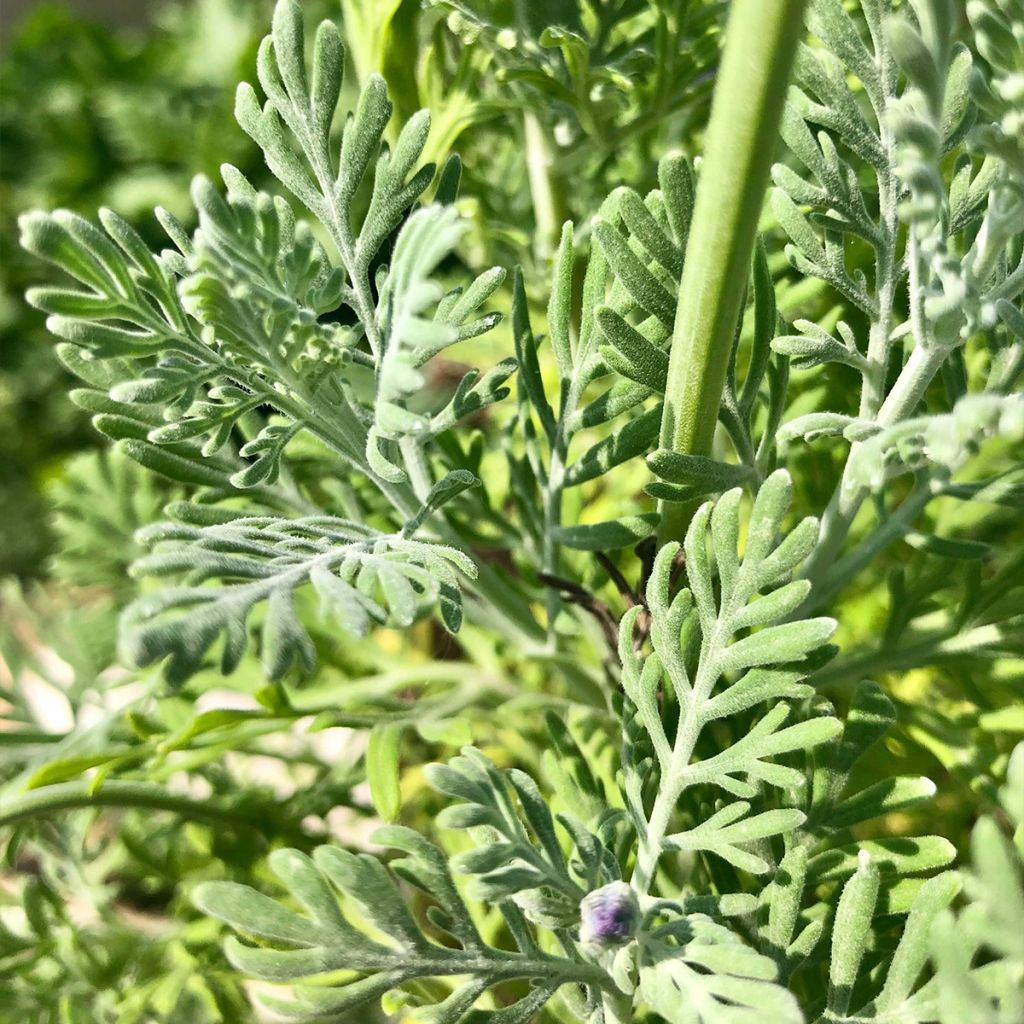

Lavandula pinnata var. Pinnata - Lavande pennée de Canaries
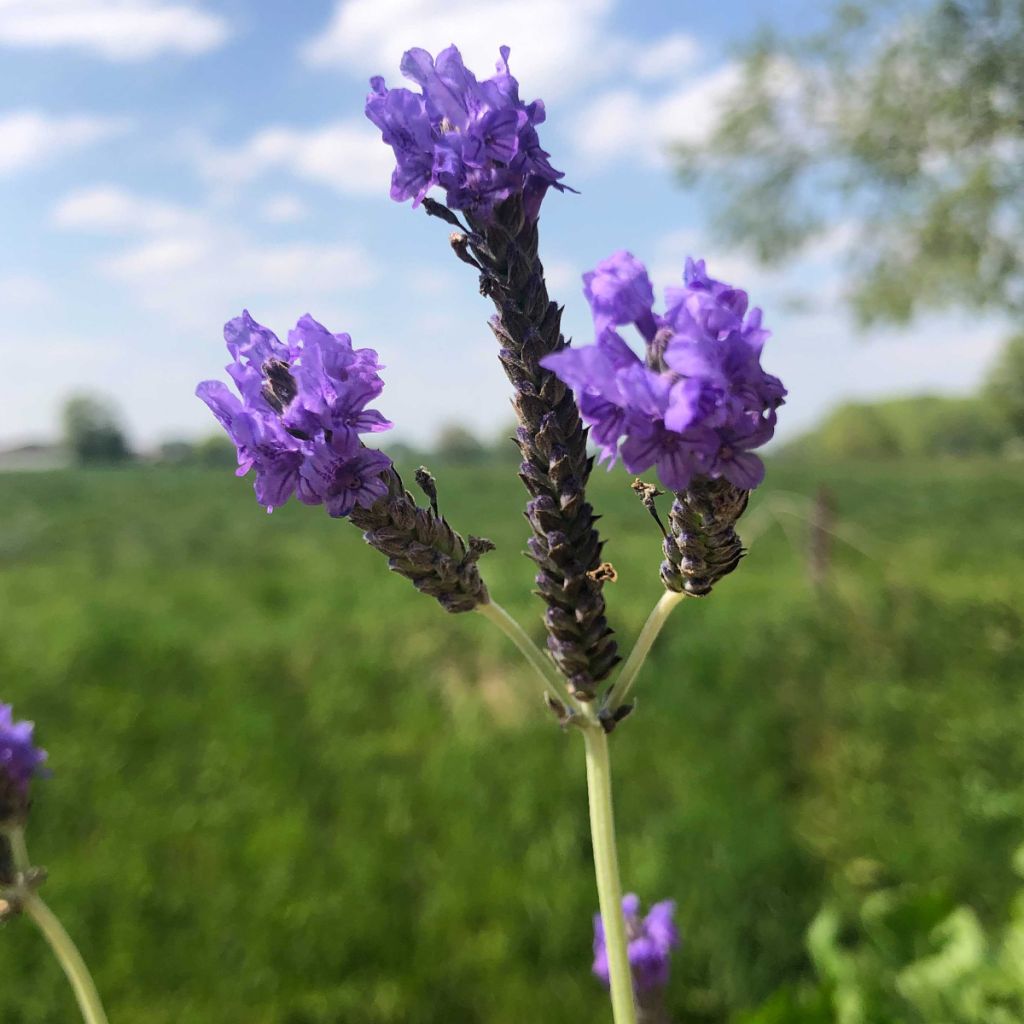

Lavandula pinnata var. Pinnata - Lavande pennée de Canaries
Lavandula pinnata var. pinnata - Lavender
Lavandula pinnata var. pinnata
Jagged Lavender, Fern Leaf Lavender
A young plant that grows very well. One small drawback, the flowers don't smell... Anything??? But the magnificent foliage, as soon as you run your hand through it, releases a powerful, slightly peppery fragrance. In short, It's beautiful.
Sylvie, 29/05/2023
Why not try an alternative variety in stock?
View all →This plant carries a 12 months recovery warranty
More information
We guarantee the quality of our plants for a full growing cycle, and will replace at our expense any plant that fails to recover under normal climatic and planting conditions.
From €5.90 for pickup delivery and €6.90 for home delivery
Express home delivery from €8.90.
Delivery to Corse prohibited: UE law prohibits the import of this plant from mainland France to Corse as part of the fight against Xylella fastidiosa. Please accept our sincere apologies.
More information

Does this plant fit my garden?
Set up your Plantfit profile →
Description
Lavandula pinnata var. pinnata, also known as the fern leaf lavender or jagged lavender, is a fairly rare species in cultivation, probably due to its low hardiness. It is recognised by its magnificent pinnate foliage, finely cut, green-grey silver that somewhat resemble ferns. Its pinkish mauve flowers are very long-lasting, from spring to summer, and the plant is capable of flowering all year round if protected from cold. Decorative even in winter, aromatic in all its parts, this lavender forms a light, beautifully airy and bright mass that stands out in a dry garden, in a rockery, but also in a pot on the patio.
Lavandula pinnata var. pinnata belongs to the Lamiaceae family. It is a subspecies of pinnate lavender native to the Canary Islands (La Palma, Lanzarote) and Madeira. Fairly vigorous, but not very hardy, this lavender does not withstand temperatures below -5 °C in dry soil. It is a shrub with woody stems that retain their foliage in winter. Lavandula pinnata var. pinnata forms a bushy clump wider than it is tall in a few years, measuring about 60 cm (24in) in height and 80 cm (32in) in spread. Its flat foliage with a slightly rubbery texture is divided into narrow and slightly spatulate lobes, covered in a silky white down. The foliage colour will be lighter and more silvery when the soil is dry and warm. It releases an earthy and camphoraceous scent with the slightest touch, which is both powerful and gentle, and lingers briefly on the fingers. The flowering period spans May-June to September, with the blooming being more or less staggered and prolonged depending on the climate and growing conditions. Floral spikes with 2 to 3 branches emerge at the top of long leafy stems, that stand out clearly from the foliage. The bilabiate flowers, tightly packed together, display a colour which is between mauve and pink. Highly fragrant, they are visited by pollinating insects. The leafy stems and flowers, once dried, can be used in wardrobes to perfume linen and repel moths.
With its slightly fuzzy silhouette, unique beauty of its foliage, and fragrance, Lavandula pinnata var. pinnata is one of the favourites of collectors who sometimes cultivate it as an annual or as a greenhouse plant. It has a rightful place in a Mediterranean coastal garden, which is mild in winter and dry in summer. This beautiful plant pairs perfectly with other large lavenders (Lavandula Merloo, Walburton's Silver Edge, and dentata), cistus, rosemary, teucriums, and other shrubs of the Mediterranean scrubland. It also works wonders among evening primroses, perennial flax, asphodels, euphorbias, or dark shrubs like dwarf conifers. It pairs particularly well with a small bindweed called Convolvulus althaeoides.
Advice : the hardiness of this lavender cannot fall below -5°C in very well-draining and dry soil: outside of mild regions, it can be grown in a large pot that can be overwintered in a bright but unheated space.
Report an error about the product description
Lavandula pinnata var. pinnata - Lavender in pictures
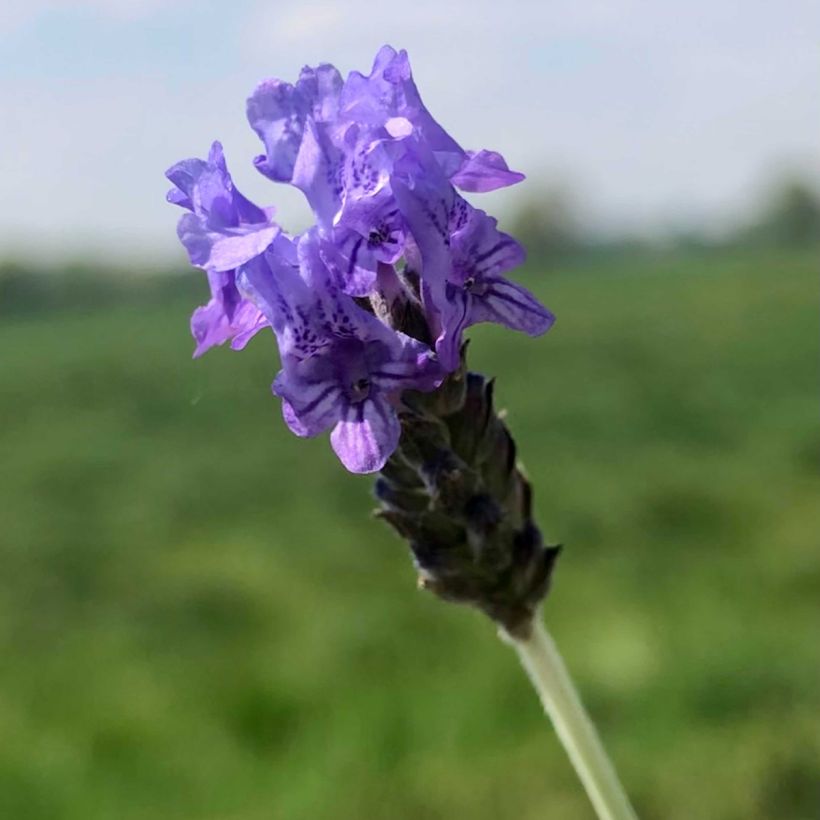



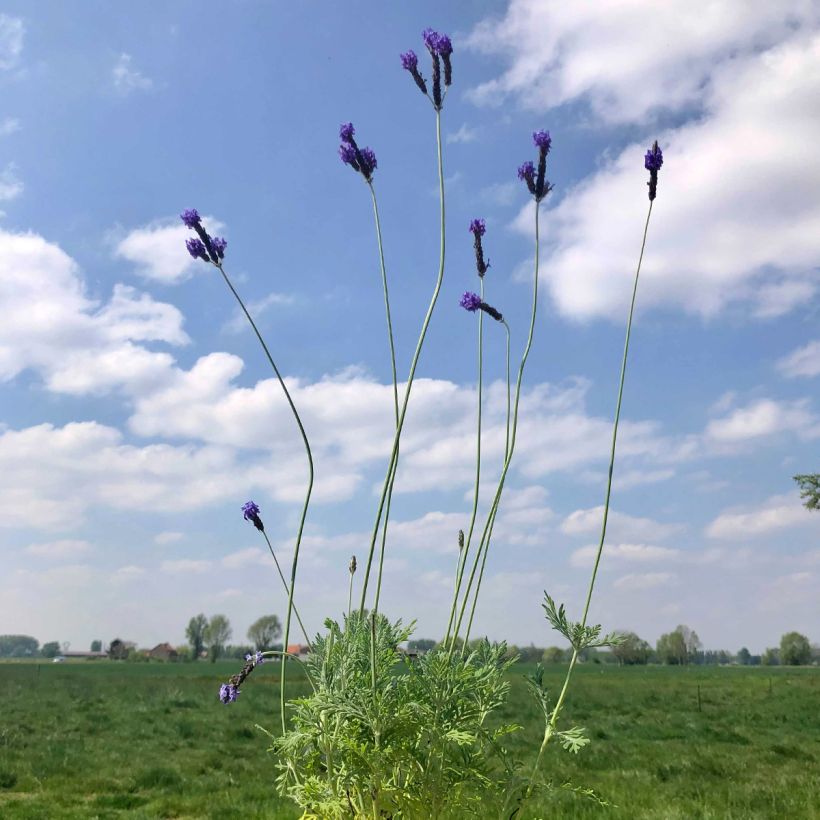

Flowering
Foliage
Plant habit
Botanical data
Lavandula
pinnata var. pinnata
Lamiaceae
Jagged Lavender, Fern Leaf Lavender
Southern Europe
Other Lavendula - Lavender
Planting and care
Lavandula pinnata var. pinnata is not the easiest to cultivate, as it is not very hardy and will perish below -5°C, even if planted in a well-drained soil. In nature, lavenders always live in poor and stony, dry, perfectly drained environments, in full sun. These plants dislike summer rain, which makes them sick and causes them to disappear, as they are very sensitive to fungal diseases induced by the combination of heat and soil moisture. In winter, they require good drainage, and in summer, they need to be kept dry. Lavender will age better in poor soil, as its growth will be slower and it will have less tendency to become bare at the base. To limit this phenomenon, pruning should be carried out from a young age, after flowering or in autumn, just above the first buds that can be seen on the wood. Lavenders never regrow on old wood. The clump will thus branch out more and more, remaining compact, eventually forming beautiful round and dense cushions. When planting, provide them with what they like: gravel, stones, coarse sand, but definitely not potting soil, compost, or fertiliser.
.Pot cultivation is possible, in a mixture of soil, sand, compost, and stones, provided that watering is perfectly controlled: it should be spaced out in summer, allowing the substrate to dry between waterings, and reduced in winter. This cultivation method allows for protection against severe frost in a very bright but unheated location.
.
Planting period
Intended location
Care
-
, onOrder confirmed
Reply from on Promesse de fleurs
Summer flowering perennials
Haven't found what you were looking for?
Hardiness is the lowest winter temperature a plant can endure without suffering serious damage or even dying. However, hardiness is affected by location (a sheltered area, such as a patio), protection (winter cover) and soil type (hardiness is improved by well-drained soil).

Photo Sharing Terms & Conditions
In order to encourage gardeners to interact and share their experiences, Promesse de fleurs offers various media enabling content to be uploaded onto its Site - in particular via the ‘Photo sharing’ module.
The User agrees to refrain from:
- Posting any content that is illegal, prejudicial, insulting, racist, inciteful to hatred, revisionist, contrary to public decency, that infringes on privacy or on the privacy rights of third parties, in particular the publicity rights of persons and goods, intellectual property rights, or the right to privacy.
- Submitting content on behalf of a third party;
- Impersonate the identity of a third party and/or publish any personal information about a third party;
In general, the User undertakes to refrain from any unethical behaviour.
All Content (in particular text, comments, files, images, photos, videos, creative works, etc.), which may be subject to property or intellectual property rights, image or other private rights, shall remain the property of the User, subject to the limited rights granted by the terms of the licence granted by Promesse de fleurs as stated below. Users are at liberty to publish or not to publish such Content on the Site, notably via the ‘Photo Sharing’ facility, and accept that this Content shall be made public and freely accessible, notably on the Internet.
Users further acknowledge, undertake to have ,and guarantee that they hold all necessary rights and permissions to publish such material on the Site, in particular with regard to the legislation in force pertaining to any privacy, property, intellectual property, image, or contractual rights, or rights of any other nature. By publishing such Content on the Site, Users acknowledge accepting full liability as publishers of the Content within the meaning of the law, and grant Promesse de fleurs, free of charge, an inclusive, worldwide licence for the said Content for the entire duration of its publication, including all reproduction, representation, up/downloading, displaying, performing, transmission, and storage rights.
Users also grant permission for their name to be linked to the Content and accept that this link may not always be made available.
By engaging in posting material, Users consent to their Content becoming automatically accessible on the Internet, in particular on other sites and/or blogs and/or web pages of the Promesse de fleurs site, including in particular social pages and the Promesse de fleurs catalogue.
Users may secure the removal of entrusted content free of charge by issuing a simple request via our contact form.
The flowering period indicated on our website applies to countries and regions located in USDA zone 8 (France, the United Kingdom, Ireland, the Netherlands, etc.)
It will vary according to where you live:
- In zones 9 to 10 (Italy, Spain, Greece, etc.), flowering will occur about 2 to 4 weeks earlier.
- In zones 6 to 7 (Germany, Poland, Slovenia, and lower mountainous regions), flowering will be delayed by 2 to 3 weeks.
- In zone 5 (Central Europe, Scandinavia), blooming will be delayed by 3 to 5 weeks.
In temperate climates, pruning of spring-flowering shrubs (forsythia, spireas, etc.) should be done just after flowering.
Pruning of summer-flowering shrubs (Indian Lilac, Perovskia, etc.) can be done in winter or spring.
In cold regions as well as with frost-sensitive plants, avoid pruning too early when severe frosts may still occur.
The planting period indicated on our website applies to countries and regions located in USDA zone 8 (France, United Kingdom, Ireland, Netherlands).
It will vary according to where you live:
- In Mediterranean zones (Marseille, Madrid, Milan, etc.), autumn and winter are the best planting periods.
- In continental zones (Strasbourg, Munich, Vienna, etc.), delay planting by 2 to 3 weeks in spring and bring it forward by 2 to 4 weeks in autumn.
- In mountainous regions (the Alps, Pyrenees, Carpathians, etc.), it is best to plant in late spring (May-June) or late summer (August-September).
The harvesting period indicated on our website applies to countries and regions in USDA zone 8 (France, England, Ireland, the Netherlands).
In colder areas (Scandinavia, Poland, Austria...) fruit and vegetable harvests are likely to be delayed by 3-4 weeks.
In warmer areas (Italy, Spain, Greece, etc.), harvesting will probably take place earlier, depending on weather conditions.
The sowing periods indicated on our website apply to countries and regions within USDA Zone 8 (France, UK, Ireland, Netherlands).
In colder areas (Scandinavia, Poland, Austria...), delay any outdoor sowing by 3-4 weeks, or sow under glass.
In warmer climes (Italy, Spain, Greece, etc.), bring outdoor sowing forward by a few weeks.

































